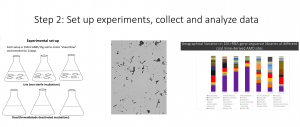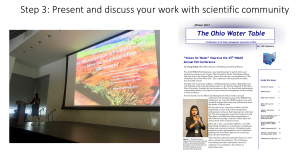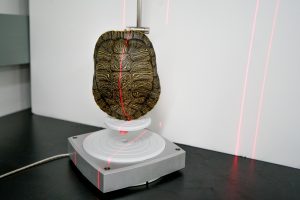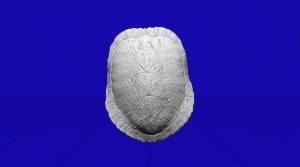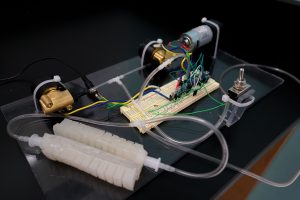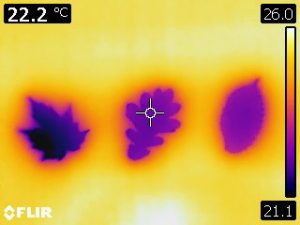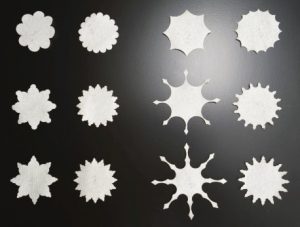[Past Projects]
2018 Tiered Mentoring Students
“
Having the opportunity to participate in the tiered mentoring program has exposed me to an extensive amount of lab experience that I otherwise would not have had, improving my capabilities in a lab environment on both a conceptual and practical level. The program has also provided an excellent collaborative atmosphere in which I am able to make meaningful contributions to ongoing research projects and receive valuable guidance and support on any projects I choose to undertake on my own.” Gavin DeMali, 2
nd year Tiered Mentoring student
“
I would like to start out and say that I have had a great time in the tiered mentoring program. Everyone was so welcoming and willing to help me out, which means a lot to me. Rebecca never has a problem assisting me with information on the lab or any questions in general. Her bubbly personality makes me feel at home and in a safe environment. Each person I have met in the lab has unique attributes that make working there all the more enjoyable. Not only do the people make the experience rewarding, but the lab’s organization as well. Whenever I have ran samples late I end up doing my homework in between, so it creates an atmosphere of productivity. Not to mention, I appreciate the diversity in plants that are tested. Also I love how we are able to take some plants home! One thing I would change about my time with the tiered mentoring program is the time I spent. I would like to dedicate more time in the lab and eventually come up with a research proposal that I can conduct myself! Thank you for this cool opportunity!” Olivia Orr, 1
st year Tiered Mentoring student
“I believe the tiered mentoring program is a great asset to the university and every research lab. Throughout my past years of doing research, I have gained multiple skills that will benefit me in a future job or in life in general. One of the main reasons why I got my environmental science internship was that I had experience working independently and also with a team within our research lab. I was able to tell my employers that I had experience working with chemical equipment which helped me in the field as well. It has not only helped to open doors for my future career but has also further my education. I am very fortunate to have the opportunity to work in our research lab and I highly recommend anyone who is interested to explore their options.” – Stephanie Sawicki
Tiered Mentoring Alumni
From Dr. Sean Kelly (PhD from University of Puerto Rico in 2017; currently post-doctoral research in Taiwan; TM participant 2009-2010):
As an undergraduate student in the Biology Department I participated in the Tiered Mentoring program in 2009 and 2010, in the lab of Dr. Mitchell. In 2009 I worked with a PhD student of Dr. Mitchell where I assisted with field research associated with the distribution and diversity of lepidopterans around the Bath Nature Preserve and learned about techniques in field sampling, data management and identification/preservation of lepidopterans. In 2010 I led my own project, entitled, ” A comparison of the Pollinating Behaviors of
Bombus impatiens and
Bombus fervidus on
Mimulus ringens“. The tiered mentoring program provided me with my first experience in conducting field research, mentoring another student, statistically analyzing field data, preparing a scientific poster and presenting my research to a scientific audience. This program was invaluable in providing me with the necessary skills, experiences, and recommendations that were required for applying to graduate schools. As a PhD student and now as a Post Doctoral researcher, I continue to be active in mentoring undergraduate students and certainly feel that this is a direct result of opportunities such as the Tiered Mentoring program. Another benefit of participating in a local program is that I was able to take summer courses while doing research and also it allowed me to meet other professors and be more active in the Biology Department.
From Sarah Stankavich (Masters from Eastern Washington University in 2013; currently LUQ-LTER Coordinator, El Verde Field Station, Puerto Rico; TM participant 2009-2010):
In biology, it’s so important for your career to have real-world, hands-on experience. The tiered mentoring program provides a fantastic opportunity to get involved in real research, from the creation of a project all the way through data analysis and presentation. The program also gave me the chance to network with other biology students and, most importantly, to build a strong relationship with a professor. The professor served as a great reference for me, ultimately helping me get my first job in the biology field and to get into graduate school. I also got my first publication from my tiered mentoring research! I’m really glad I was able to participate in the program; I learned so many critical skills and feel it really helped launch my career.
From Dakota Piorkowski (PhD student Tunghai University, Taiwan; TM participant 2011):
The tiered mentoring summer research program at the University of Akron kick-started my pursuit of a career in research and opened me to the world of science and discovery. In 2011, I helped with work on a project designed by Master’s student Sam Evans under the supervision of Dr. Todd Blackledge studying the effects of starvation on the strength and extensibility of spider dragline silk. I learned how to operate a highly specialized Nanobionix tensile tester, how to test research hypotheses, and presented the data at the program’s fall student symposium. With the knowledge and technical skills I gained through this experience I conducted my own projects with Dr. Blackledge, one of which has since been published in a scientific journal. Another project was conducted in Australia during my stay as a study abroad student where I investigated the biomechanical properties of sticky, prey-capture threads of the Tasmanian cave spider. I have since been pursuing a PhD in ecology and evolution studying spider silks at Tunghai University in Taiwan. Through opportunities that started with the tiered mentoring program at UA, I have been traveling the world, learning about new cultures and speaking different languages all while doing science!
Pictures of Dakota’s current research endeavors:
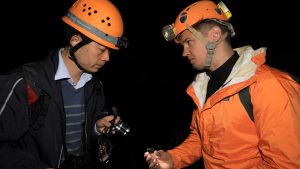

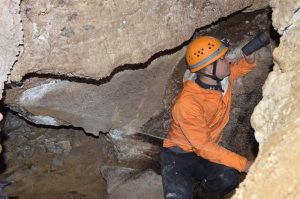
Steven Lombardo (Master’s from NC State University’s Center for Marine Sciences & Technology 2018; starting PhD at Florida Atlantic University’s Harbor Branch Oceanographic Institute 2018; TM participant 2011):
My time in the tiered mentoring program was my first real, hands-on experience in conducting research outside of the classroom. I worked in Dr. Brian Bagatto’s lab with, then PhD student, Dr. Chris Marks. In Dr. Bagatto’s lab we used zebrafish as a model species to explore physiological, morphological, and behavioral adaptations. My tiered mentoring project examined how phenotypic plasticity is displayed during ontogeny under different conditions of nutritional availability. This is just a fancy way to say that organisms can show a wide range of physical abilities while they’re young and developing, which can be dependent upon how much food is available. This project went on to be published shortly after I graduated from UA. The tiered mentoring program provided experiences outside of the classroom that helped me to become an independent, critical thinker and contributed greatly towards getting accepted into graduate school. I have since gone on for my master’s; studying the phenological changes in river herring spawning migrations within the Albemarle Sound watershed, NC and how anthropogenic influences have effected their habitat use. This summer I will be starting a PhD to identify juvenile bonefish habitat in the Bahamas and Florida Keys that will optimize the survival of stocked bonefish, and hopefully help bolster a declining population. None of my work would have been possible without the start I got in the tiered mentoring program!

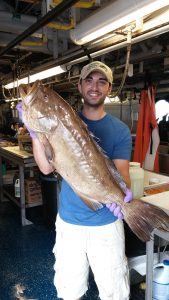
Tim Sullivan (Chiropractor at Lawlor Chiropractic; TM participant 2009-2011):
What better way to gain experience in your field of interest than hands-on learning! I participated in the Tiered Mentoring program for several years as an undergraduate and it was probably the best part of my college experience. I got to study gecko toepad adhesion, which led to three published articles! I participated directly in many different aspects of research. I worked with the geckos, including caring for them, handling them, I assisted with data collection, analysis, and writing the articles. Though I ended up taking a different career path, the experience I had and knowledge I gained in the Tiered Mentoring program was invaluable and is something that I will always be grateful for.
Bryan Brown (PhD from Duke University 2017; currently a Postdoctoral Fellow at Seattle Children’s Research Institute; TM participant 2009-2011):
I participated in the TM program from 2009-2011. TM had a profound impact on my development as a person and as a scientist. I joined TM at a momentous occasion in my professional development. At the time, I was oscillating between pursuing Professional or Graduate school, with a slight lean (and no shortage of trepidation) toward a Professional discipline. Upon joining the TM program and the Weeks lab, I began engaging in broad aspects of research under the tutelage of a PhD student in the lab, Tim Astrop. Shortly thereafter, I had identified a question and project which I began independently pursuing and saw through to completion and publication within a peer-reviewed academic journal. More broadly, the TM program provided the atmosphere and engagement that I needed to flourish, and acted as a conduit between the theory taught in the classroom and the actual practice of Science. I have no doubt that my involvement in the TM program was responsible for setting me on the path that I’m currently pursuing. I couldn’t be happier with where this path has taken me and I’m eternally grateful to the Weeks lab, TM and UA Biology for facilitating these interactions.
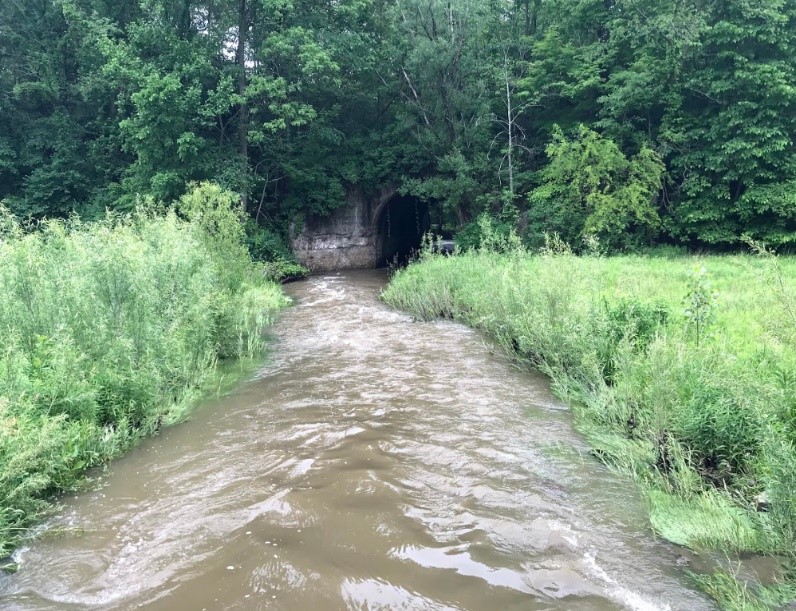

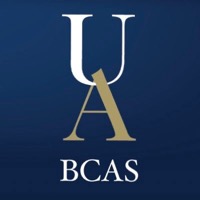

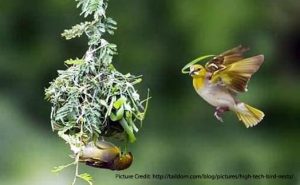
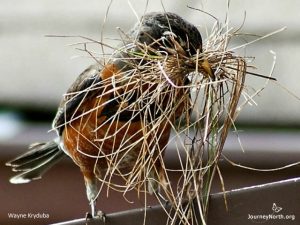 You will be helping with monitoring and maintaining the cameras at the zoo, and examining video footage to extract usable data. We will accept an undergraduate from any major who is comfortable using photo/video equipment and interested in custom field instrumentation.
You will be helping with monitoring and maintaining the cameras at the zoo, and examining video footage to extract usable data. We will accept an undergraduate from any major who is comfortable using photo/video equipment and interested in custom field instrumentation.





